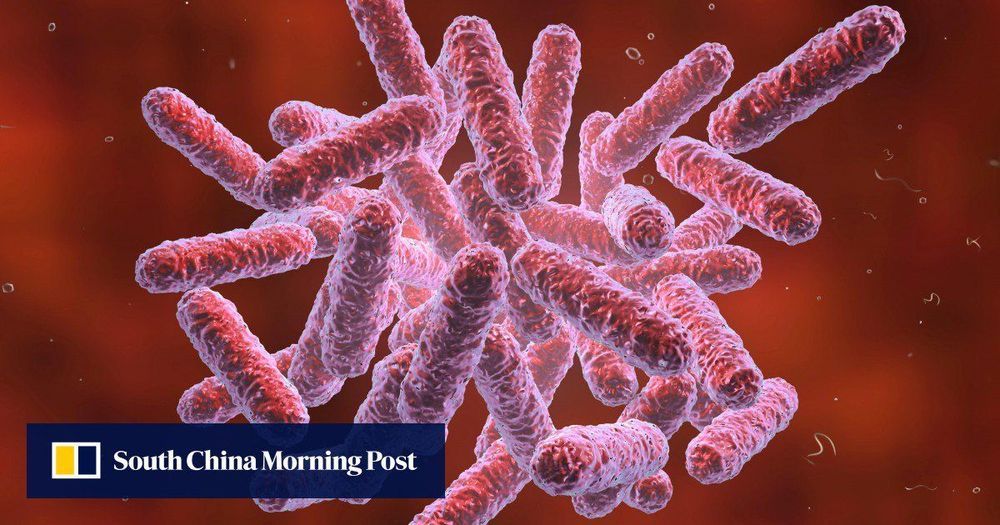

These branches may have separate functions in crustaceans, for instance, the inner branch of a leg is used for walking, while the outer branch may be paddle-shaped or feathery and often functions as a gill. Describes an animal that walks on two legs.īiramous - Arthropod appendages that are biramous have two branches, an outer branch and an inner branch.

turtles.Īnus - End of the digestive tract, or gut, through which waste products of digestion are excreted, as distinct from the mouth.īipedal - adj. A vertebrate distinguished by a skull with no openings in the side behind the eyes, e.g. Most extant mammals give live birth, the egg being retained inside the body during gestation.Īnapsid - n. Any of a group of land-dwelling vertebrates that have an amnion during embryonic development, including reptiles, birds, and mammals. An egg that can be laid on land due to the presence of a fluid-filled amniotic sac ( amnion) that cushions and protects the developing embryo. Songbirds, dogs, and humans are examples of species with altricial young.Īmbulacra - Row of tube feet of an echinoderm.Īmniotic egg - n. Refers to animals with young that are unable to move on their own after hatching or birth, and require extensive parental care.

In insects, the third body region behind the head and thorax.Īltricial - adj. | Phylogenetics | Geology | Biochemistry | Cell biology | Ecology | Life history | Zoology | Botany | Paleogeography |Ībdomen - Region of the body furthest from the mouth. UCMP Glossary: Zoology UCMP Glossary: Zoology


 0 kommentar(er)
0 kommentar(er)
